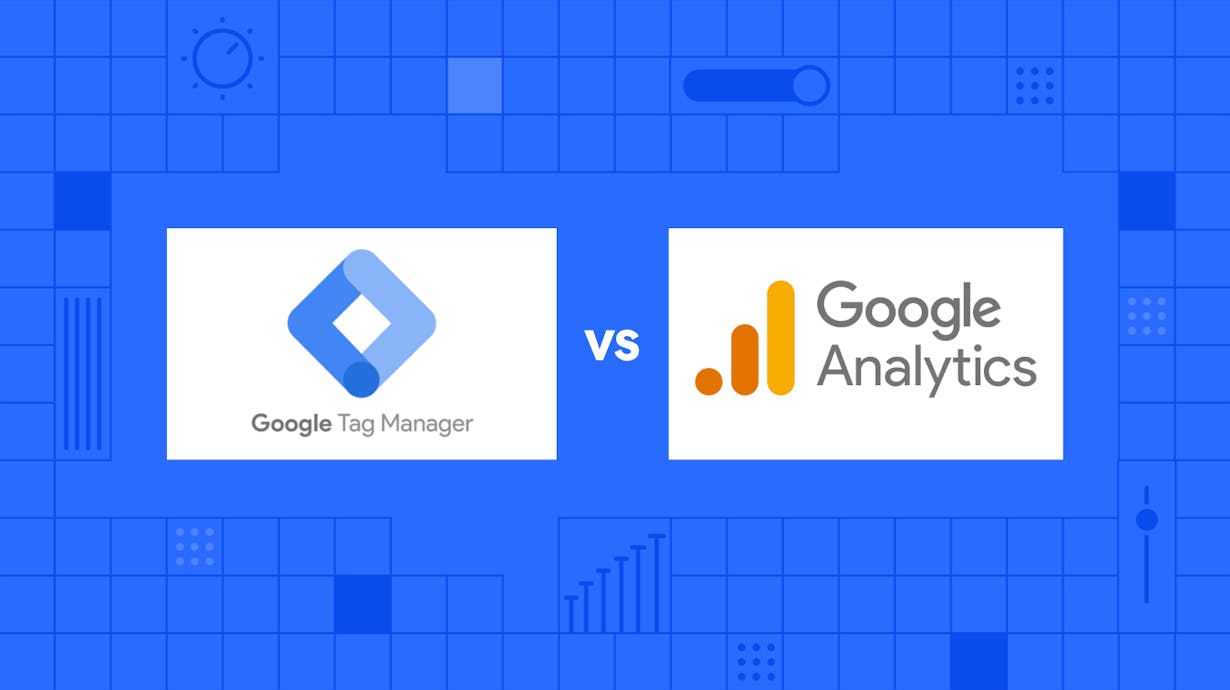Utilizing the Complete Prospective of Google Analytics for Service Growth
In the realm of digital business techniques, Google Analytics stands as a stalwart device for companies looking for to browse the intricacies of on-line information. As organizations make every effort to make educated choices and maximize their online visibility, the question emerges: Just how can one really open the complete capacity of Google Analytics to move company development and accomplish strategic purposes?
Establishing Google Analytics Account
Setting up your Google Analytics account is a vital initial step in efficiently tracking and examining data for your organization growth. To begin, check out the Google Analytics internet site and check in with your Google account. Next, click "Begin free of cost" and comply with the triggers to establish your account by supplying info concerning your site, such as the name, LINK, sector category, and reporting time area.
After completing these actions, you will receive a tracking ID, which is a distinct code that you require to contribute to your web site. This code allows Google Analytics to gather data and generate records based upon the activity happening on your website. You can include this tracking ID by hand to your site's HTML code or use a plugin if you are utilizing a platform like WordPress.

Recognizing Key Metrics

Traffic Resources: Understanding where your site web traffic is coming from (direct, natural search, social media sites, recommendations) helps in customizing your advertising methods to concentrate on networks that drive the most visitors.
Bounce Price: This metric shows the percent of visitors that browse away from your website after viewing just one page - What Is Not Considered A Source In Google Analytics By Default. A high bounce price may indicate issues with site use or content relevance
Conversion Price: Tracking the portion of visitors that complete a preferred activity, such as making a purchase or authorizing up for a newsletter, is critical for evaluating the performance of your website in attaining business objectives.
Pageviews: Keeping track of the variety of times each web page on your website is checked out gives insights right into popular material and individual interaction levels.
Implementing Custom Tracking
To enhance the deepness of insights collected from Google Analytics, businesses can benefit dramatically by incorporating custom-made monitoring approaches tailored to their particular purposes. Personalized tracking permits organizations to track unique data points that are not captured by default in Google Analytics. By executing personalized monitoring, companies can acquire a more thorough understanding of customer habits, conversion patterns, and other key metrics that are essential for making informed service decisions.
One usual approach of custom this article tracking is setting up occasion monitoring to monitor certain user interactions on an internet site, such as click buttons, video clip sights, or downloads. This enables companies to examine the effectiveness of their internet site components and marketing projects much more exactly.
Additionally, companies can create custom-made dimensions and metrics to track and evaluate information that is specific to their sector or organization version. A shopping company may set up customized tracking to monitor the efficiency of various product groups or consumer sectors.
Evaluating Conversion Paths
By leveraging the understandings acquired from customized tracking methods, companies can now concentrate on assessing conversion paths to more refine their understanding of individual behavior and enhance their conversion approaches. Analyzing conversion courses entails checking out the sequence of steps users take previously completing a wanted action, such as signing or making a purchase up for a solution. By diving into the conversion paths within Google Analytics, companies can identify common paths that click to find out more result in conversions, along with any type of traffic jams or drop-off factors that might prevent the conversion procedure.
Through the analysis of conversion courses, organizations can gain important insights right into the performance of their website design, material, and calls to action. This information can assist companies make notified choices concerning where to assign sources for maximum influence on conversion rates. By understanding the various courses users tackle their journey to conversion, organizations can tailor their marketing methods to better guide users through the conversion funnel and eventually enhance their general conversion prices.
Using Advanced Functions
Take advantage of the complete possibility of Google Analytics by exploring its sophisticated attributes to improve your business's data-driven decision-making capacities. One advanced attribute worth utilizing is personalized reporting. Personalized reports permit you to tailor the information displayed to satisfy your specific service needs and goals. By creating personalized reports, you can concentrate on the metrics that matter most to your organization, getting deeper insights right into user habits, conversions, and various other vital efficiency indications.

Furthermore, advanced division lets you analyze various subsets of your internet site's web traffic to identify patterns, chances, and trends. By segmenting your target market based on numerous requirements like demographics, actions, or web traffic resources, you can better recognize their preferences and customize your marketing approaches appropriately. Leveraging these innovative features in Google Analytics can give important understandings that drive informed decision-making and eventually add to your company's development.
Conclusion
In final thought, harnessing the full possibility of Google Analytics for business growth entails setting up an account, comprehending vital metrics, executing custom-made monitoring, evaluating conversion paths, and making use of advanced features. By using these approaches effectively, companies can get valuable insights into their site efficiency, individual habits, and conversion rates. This data-driven strategy can help companies make informed decisions, optimize their online existence, and inevitably attain lasting growth.
As businesses aim to make informed choices and optimize their on-line visibility, the inquiry emerges: Just how can one truly unlock the full possibility of Google Analytics to push service development and attain critical purposes?To improve the deepness of understandings collected from Google Analytics, organizations can profit significantly by incorporating custom monitoring techniques customized to their certain goals. Custom-made tracking allows businesses to track unique data points that are not captured by default in Google Analytics. By diving right into the conversion paths within Google Analytics, companies can identify common courses that lead to conversions, as well as any kind of traffic jams or drop-off points that may prevent the conversion procedure.
In conclusion, harnessing the full potential of Google Analytics for business growth entails setting up an account, understanding key metrics, applying personalized tracking, analyzing conversion courses, and using advanced attributes.
Comments on “Unveiling What Is Not Considered a Source in Google Analytics by Default”